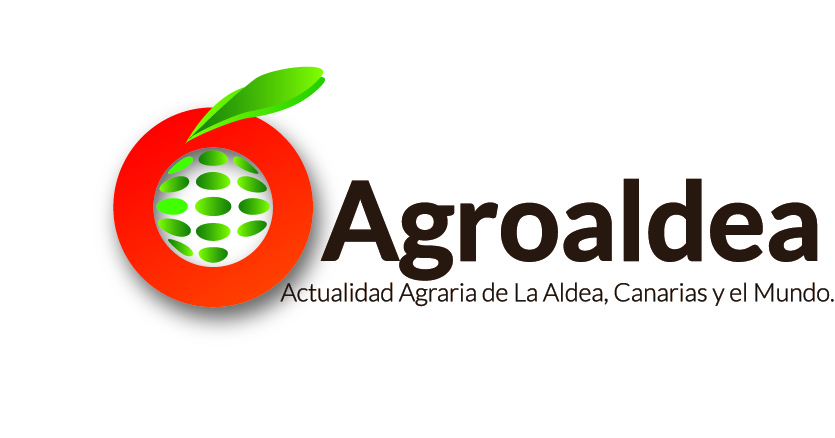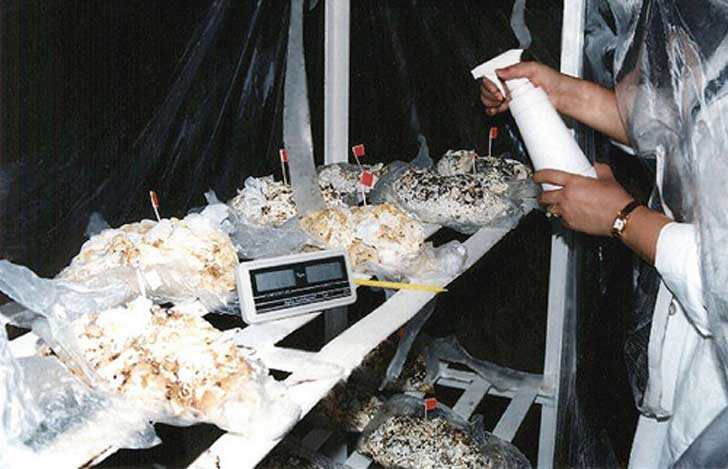 Tens of millions of tons of nappies are thrown away every year around the world., of which only one 20% are recycled.
Tens of millions of tons of nappies are thrown away every year around the world., of which only one 20% are recycled.
Used diapers are waste that pollutes the planet in an excessive way. The throwaway culture wreaks environmental havoc from its very production.
The raw materials used for its manufacture are, mainly, polypropylene (prevents return so baby stays dry), cellulose as absorbent and an outer layer of polyethylene.
Recycling a used diaper is not easy and, in fact, the vast majority end up in landfills, with the pollution that this entails, since they are needed between 200 and 300 years to demotion.
However, a mexican entrepreneur, Rosa Maria Espinosa, has managed to give them a very particular use with an initiative that allocates them to the cultivation of mushrooms.
The idea arose by chance and after several tests carried out in the laboratory, took consistency and became reality. First, he collected nappies – only those with liquid waste – and sterilized them using a pressure heat technique..
Then he shredded them and ground their components to form the substrate where the mushrooms would later grow and mixed it with lignin, a nutrient needed by mushrooms and found in other natural sources like grass, coffee or pineapple crowns –in this case grass pruning was used–. Finally, he reproduced the spores of the fungus and placed them in these cultivation beds..
“We have to reproduce the fungus and obtain what we commercially call seeds, which is the growth of the spores of the fungus on some wheat or sorghum seed. The product obtained is spread on the substrate (contained in plastic bag) and is kept for two to three weeks in the dark with controlled humidity and temperature, and then expose them to a luminous phase”, account espinosa.
with this technology, a disposable diaper degrades in just 2,5 to 3 months and its volume is reduced by up to 80%. For every kilo of diapers, will only remain 200 grams of waste, obtaining 300 grams of mushrooms”, says Espinosa who also explains that the materials that remain from this process could have different applications.
Mushrooms could be used as a supplement to feed livestock, the gel containing the liquids could be applied to low-moisture soils and the plastic could be sent for recycling.
Since then, more than a decade has passed and his laboratory is fully active. Each diaper undergoes a preparation process, in which they are sterilized and ready to be sprayed with spores of the fungus.
A month later the mushrooms have grown and they have done so by devouring the cellulose until leaving only a small part., with which it is possible to biodegrade it naturally, speeding up the process in an amazing way.
Today, Espinosa's goal is to make that percentage smaller and smaller, until minimized.
The French company “Happy Nappy” is another example of a diaper recycling initiative., in this case to produce from fertilizer to energy and various materials.
Basically, its procedure begins by grinding them to facilitate the separation of organic waste from the rest of the components. Then, organic waste is purified and used to generate biogas and fertilizers, while plastics are recycled.

